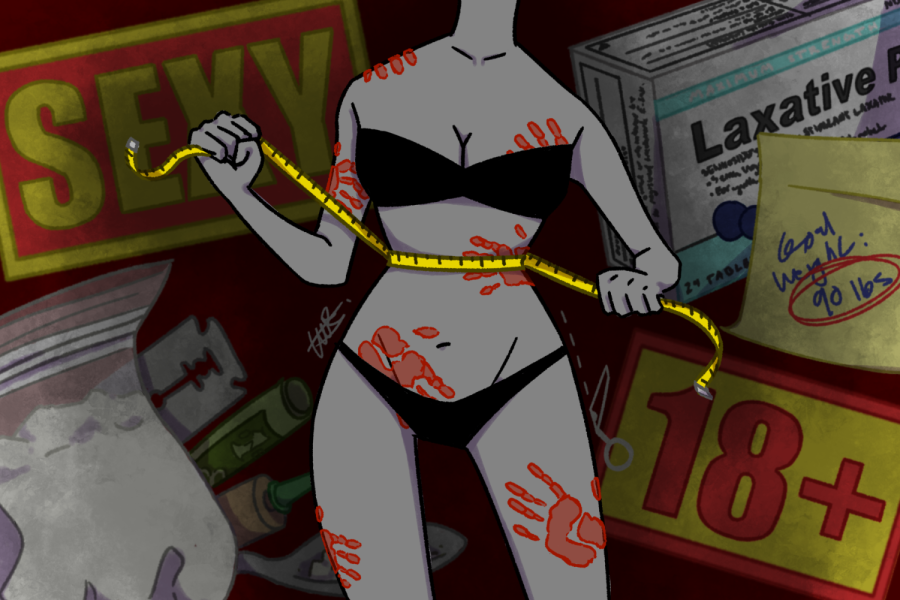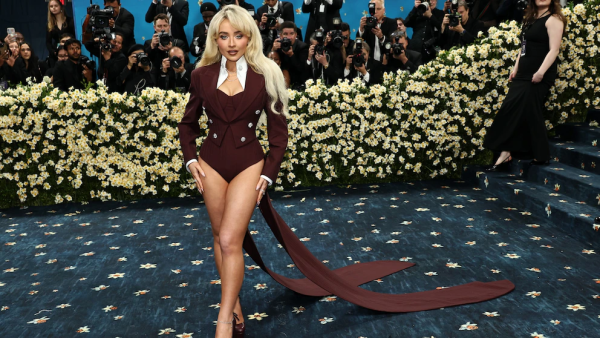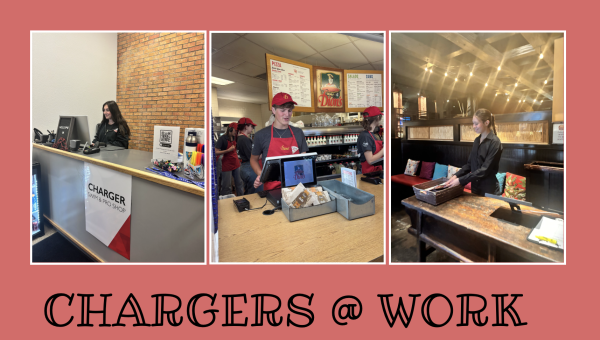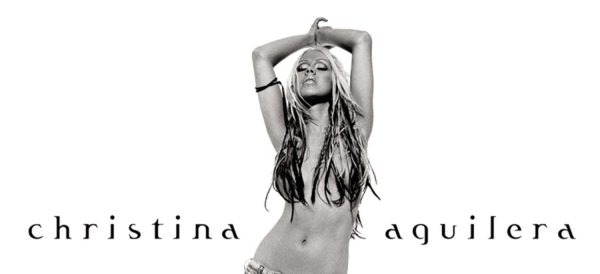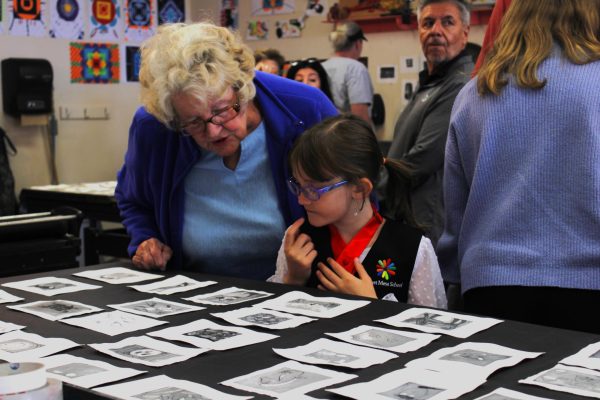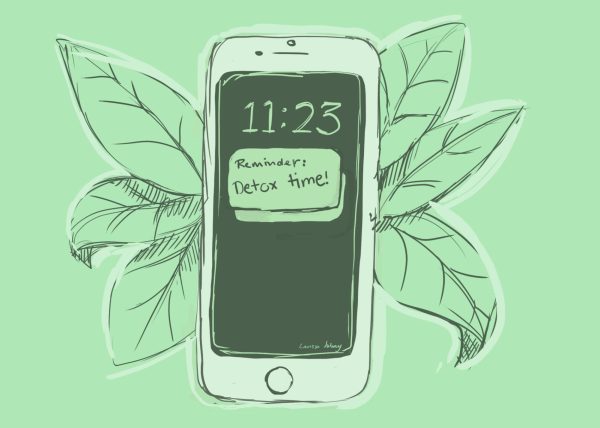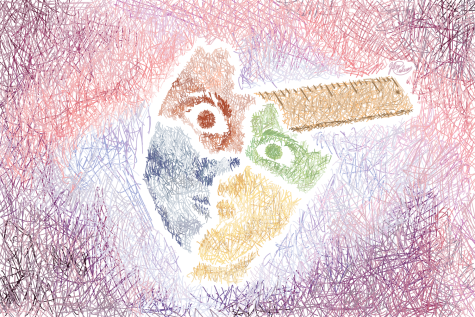Call It What It Is: The Truth Behind the Modeling Industry
The modeling industry falsely advertises themselves as empowering women, when in fact they are exploiting them.
Flashing lights, runways, and young girls in dresses and skimpy outfits. From magazines to movies to television shows, modeling has been a huge part of 21st-century culture. However, as pretty as things might seem on the runway, not everything is white-toothed smiles and cherry-red lipstick behind the scenes. The truth is that behind that designer dress and powdered face lies a story of eating disorders, drug addiction, and sexual abuse. By promoting this sort of behavior, the modeling industry is sending messages to both women and men across the world that objectifying and sexualizing women is perfectly acceptable. It’s time that we hold modeling agencies and fashion magazines accountable for harming and exploiting women.
If you’ve ever looked at the front of a fashion magazine or men’s lifestyle magazine such as Vogue or Playboy, the cover almost always depicts a young woman wearing highly sexual clothing supplemented with racy subtitles. For example, Miley Cyrus’s Cosmopolitan Cover depicts her bra-less with her shirt partially open. There is nothing wrong with a young woman expressing her sexuality. However, most models are forced to wear what the photographer wants them to wear and have no say in their clothing. Models are merely objects—living mannequins—that photographers and clothing designers use to sell their products. They know that sex sells, so they use that and portray models as sexual objects.
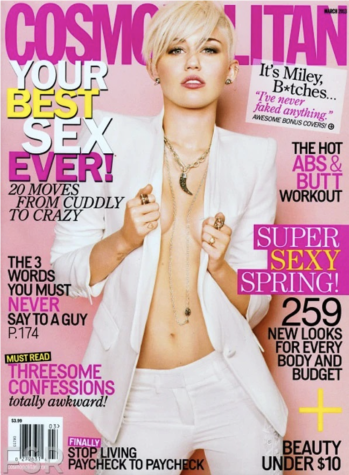
What’s even more disturbing is that 60% of these models are under the age of 18, with the average age of a starting model being 16 years old. Most of these young women are looking for jobs and have complicated family situations, which are often capitalized on by photographers offering large sums of money to have them, model. In other words, fully grown adults, mostly men, who call themselves “artists” and “professionals” are targeting and exploiting vulnerable young girls so that they can get them to pose for a sexually provocative picture and make money from them. This is especially a big problem in European countries like France where girls as young as 13 years old are recruited to do professional modeling. Sara Ziff, who started her modeling career at age 14, explains that this is detrimental for the young mind since it teaches girls that their self-esteem is based on their appearance, and it sexualizes and adultifies them.
According to the Model Alliance, an organization that protects the rights of models, about 30% of models report some form of sexual harassment while working. The same study also shows that the most common form of sexual harassment was being hired to do a photo shoot, and find out upon arriving at the job site that the job includes a nude photo shoot to which the model has not consented. Most models are compelled to do the shoot so that they can get paid. Lack of privacy while changing clothes, nonconsensual touching at work, and uncomfortable sexual remarks are also other common forms of sexual harassment. Yet when these women report these acts of sexual violation to their agencies, two-thirds of those women were told by their agencies that their complaints were unfounded.
While some male models also experience sexual abuse while working, the rates of sexual abuse in male models is only 16%, which is significantly lower than the 30% of female models who have been sexually abused, proving that most females are targeted and sexually assaulted by their male superiors. In addition to overt sexual harassment, female models are also subject to body shaming and eating disorders.
It may seem easy to believe that the body of a model is real on television or on social media, but in reality, most of the model’s bodies are unrealistic. According to the National Eating Disorders Association, 40% of models struggle with some sort of eating disorder, with bulimia being the most prominent. Of those women, most say they were asked by their agencies to lose weight under the threat that the agency would not represent them or would not let them work. Disordered eating in women is much higher than disordered eating in men, especially in modeling where young women are pressured by older male agents to lose weight so they can achieve what they believe to be “the perfect body type.” In other words, male agents are forcing their ideas of beauty onto women; male models are not as subject to such pressure. Along with eating disorders, many models also battle with drug addiction as well.
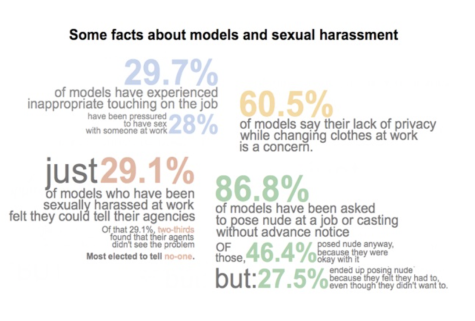
The vast majority of the time, young models are exposed to drugs through their agents and are pressured into doing drugs. Research done by drug rehabilitation centers across the U.S. shows that the most common drugs in the fashion industry are cocaine and heroin, two highly dangerous and illegal drugs. Oftentimes, models get addicted, and sometimes even overdose and die. While drug addiction is higher in males, females are more prone to craving and relapsing, making drugs harder to quit for females. These male agents are pressuring female models into doing drugs, getting them addicted, and making it hard for them to stop.
The modeling industry claims that they are empowering women, but they are not. Instead, they are exploiting young women and girls and encouraging them to participate in self-destructive behavior. Rather than being a female-dominated space, the industry has become a male dominated space of self-proclaimed artists and professionals who abuse and suck the life out of young girls to make money. We should be holding the photographers and agents accountable for all the pain and misfortune they have caused. So, the next time you see a picture of a model on social media, think twice before you hit that like button.


